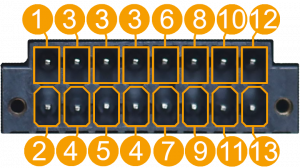TRB255 First Start
This Wiki page contains the online version of the Quick Start Guide (QSG) for the TRB255 Gateway. Here you will find an overview of the various components found on the front and back sides of a TRB255 device, basic hardware installation, first login information, device specifications and general safety information. It is highly recommended that you acquaint yourself with with the Quick Start Guide before using the device. If you own a TRB255 device, you can also find a printed version of the Quick Start Guide in the device's package.
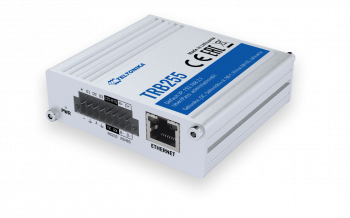
Front view
| No. | Description |  |
|---|---|---|
| 1 | 16 pin terminal block | |
| 2 | Ethernet LEDs | |
| 3 | Ethernet port | |
| 4 | Power LED | |
Back view
| No. | Description | |
|---|---|---|
| 1 | Mobile connection status LEDs | |
| 2 | GNSS antenna connector | |
| 3 | REset button | |
| 4 | Mobile antenna connectors | |
| 5 | Signal strength LEDs |
Connectors
Hardware installation
- Unscrew two back panel hex bolts and remove back panel.
- Insert your SIM card(s) in the SIM socket(s), which are located on the bottom side of PCB. Correct SIM card orientation can be seen in the figure below:
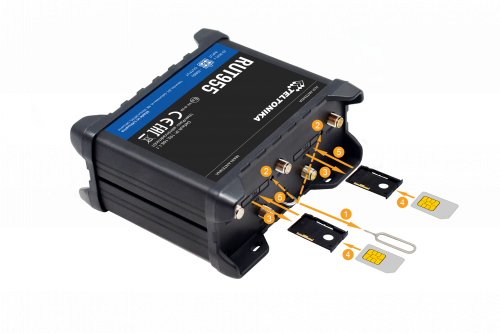
- Attach the panel and tighten the hex bolts.
- Attach mobile antenna.
- Connect the 16 pin terminal block with power adapter to the 16 pin connector located on the front panel of the device. Then plug the other end of the power adapter into a power outlet.
Configure your computer (Windows)
- Power up TRB255 and connect one LAN cable (included in a box) end to TRB255 Ethernet port and other to your computer.
- Setup Ethernet network adapter on your computer (right click on Ethernet Network Connection and select Properties. After that select Internet Protocol Version 4 (TCP/IP) and click Properties).
- Select Obtain IP address and Obtain DNS server address automatically if they are not selected. Click OK.
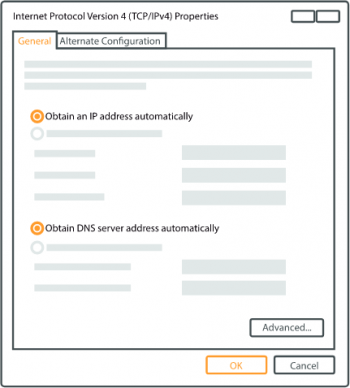
Login to device
- To enter the gateway Web interface (WebUI), type http://192.168.1.1 into the URL field of your Internet browser.
- Use the following login information when prompted for authentication:
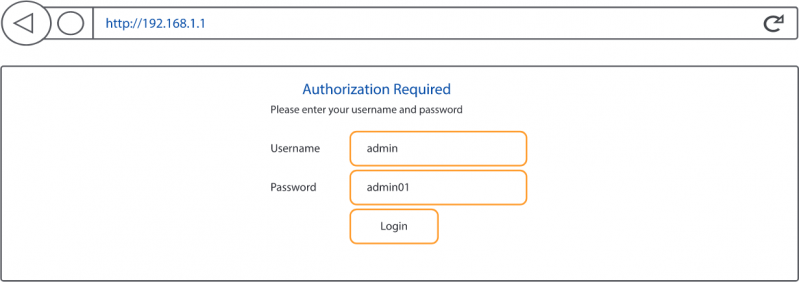
- After you login, you will be prompted to change your password for security reasons. The new password must contain at least 8 characters, including at least one uppercase letter, one lowercase letter and one digit. This step is mandatory and you will not be able to interact with the router's WebUI before you change the password.
- When you change the router's password, the Configuration Wizard will start. The Configuration Wizard is a tool used to setup some of the router's main operating parameters.
- Go to the Status → Network page and pay attention to the Signal Strength indication. To maximize cellular performance try adjusting the antennas or changing the location of your device to achieve the best signal conditions (you can find information on signal strength recommendations here).
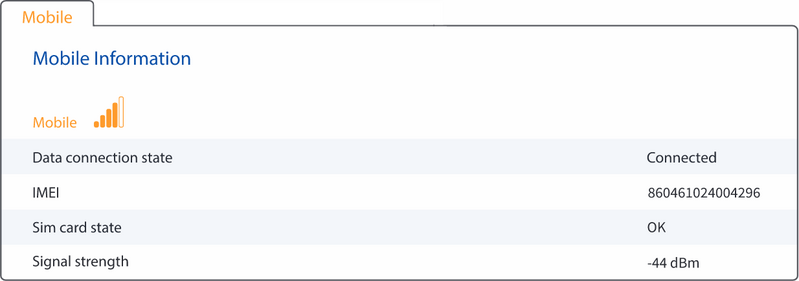
Safety information
The {{{name}}} gateway must be used in compliance with any and all applicable national and international laws and with any special restrictions regulating the utilization of the communication module in prescribed applications and environments.
| Radio specifications | |
|---|---|
| RF technologies | EGPRS, NB-IoT, LTE (Cat M1), GNSS |
| Max. RF power | 33 dBm@GSM, 23 dBm@LTE |
| Bundled accessories specifications* | |
| Power adapter | Input: 0.4 A@100-240 VAC, output 9 VDC, 1 A, connected to 16 pin terminal block |
| Mobile antenna | 698~960/1710~2690 MHz, 50 Ω, VSWR < 3, gain** 3 dBi, omnidirectional, SMA male connector |
| GNSS antenna | 1575.42~1602 MHz, 2.2~5 VDC, VSWR < 1.5, gain** 28 dB (typ.), RHCP polarization, SMA male connector |
* Order code dependent.
** Higher gain antenna can be connected to compensate for cable attenuation when a cable is used. The user is responsible for the compliance with the legal regulations.
This sign on the package means that is necessary to read the User's Manual before you start using the device

Hereby, Teltonika declares that the radio equipment type {{{name}}} is in compliance with Directives: 2014/53/EU, 2014/35/EU, 2014/30/EU. The full text of the EU declaration of conformity is available at the following internet address: https://teltonika-networks.com/product/trb255/

